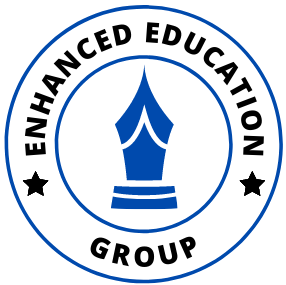Illiteracy is the inability to read and write. It is a significant challenge for many developing countries, especially in Sub-Saharan Africa, where adult literacy is the lowest among other regions. This blog post will explore the causes, effects and solutions of illiteracy in Kenya, one of Africa’s most populous and diverse countries.
The adult literacy rate refers to the share of individuals aged 15 years and older who can read and write and understand simple expressions about their daily lives.
Kenya’s adult literacy rate was at the level of 82.6 % in 2021, up from 81.5 % in 2018.
The causes of illiteracy in Kenya are complex and interrelated. Some of them include the following:
– Poverty: Many Kenyans live below the poverty line and cannot afford to send their children to school or buy them learning materials. Poverty also forces many children to drop out of school early and engage in child labour or early marriage.
– Lack of access: Not enough schools or learning centres are within reach of most adults who want to improve their literacy skills. Some areas are remote or insecure and lack adequate infrastructure such as roads, electricity or internet.
– Lack of quality: The quality of education offered by some schools or adult education programs is low and does not meet the needs or interests of learners. There is a shortage of qualified teachers, relevant curricula, appropriate teaching methods and learning materials.
– Lack of awareness: Many adults are unaware of literacy programs’ existence or benefits or lack the motivation or confidence to enrol in them.
– Cultural factors: Some cultural norms or beliefs may discourage some people from pursuing education or literacy skills, such as gender roles, religious values or social stigma.
The effects of illiteracy in Kenya are also severe and far-reaching. Some of them include the following:
– Economic disadvantage: Illiterate people have fewer opportunities for employment, income generation or entrepreneurship. They also have less access to information on markets, prices, rights or services that could improve their livelihoods.
– Social exclusion: Illiterate people have less participation and representation in decision-making processes that affect their lives, such as politics, governance or community affairs. They also have less communication and interaction with people with different views or backgrounds.
– Health risks: Illiterate people have less knowledge and awareness of health issues such as nutrition, hygiene, family planning or disease prevention. They also have less access to health care services such as diagnosis, treatment or vaccination.
– Environmental degradation: Illiterate people have less understanding and appreciation of environmental issues such as conservation, sustainability or climate change. They also have less ability to adapt to environmental changes such as droughts, floods or disasters.
The solutions for illiteracy in Kenya require concerted efforts from various stakeholders, such as government agencies, non-governmental organisations, the private sector, civil society, media, religious groups and individuals.
Some possible solutions include:
– Increasing funding and support for youth and adult literacy programs that can reach more people, especially marginalised or vulnerable such as women, minorities, refugees or persons with disabilities.
– Establishing more learning centres in each region and equipping them with relevant, contextualised, and learner-centred teaching and learning materials.
– Recruiting more adult education teachers, improving their pay and conditions, and providing them with regular training, supervision, and incentives to enhance their skills, motivation, and retention.
– Providing programs that can support effective participation by people with special needs such as visual impairment, hearing impairment or physical disability.
– Linking adult education programs with other development initiatives to address poverty alleviation, income generation, health promotion, environmental protection etc.
– Improving quality and relevance of adult education programs by involving learners in curriculum development.

